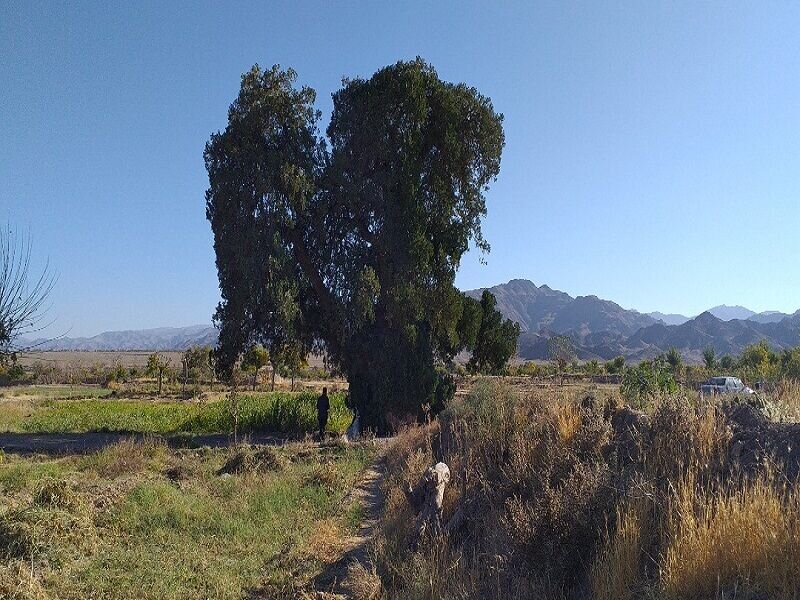Old trees in Khorasan Razavi made national heritage

TEHRAN –A total of eight old trees across the northeastern Khorasan Razavi province have recently been inscribed on the national heritage list.
A juniper and four plane trees, which stand in the city of Neishabur, as well as an old plane and two cypress trees in Gonabad make up the entrees, IRNA reported on Friday.
Plane trees have always been symbols of fertility and greenery of nature in the ancient Iranian culture, which has the idea that such trees could prevent the spread of fever and infectious diseases.
They have been mostly planted in sacred areas such as churches and holy shrines.
Juniper is a very valuable and long-lasting species that grows in mountainous and high areas and has a special place in the legends and myths of Iranian people.
It has long been a symbol of immortality in Iranian culture and it can be seen in historical Iranian miniatures.
The evergreen tree of cypress has been presented as an outstanding tree in the world. For being always green Zoroastrians believe that the tree has always had significant importance.
A selection of nine Iranian gardens, which bear important architectural, traditional, and cultural elements, have been collectively inscribed on the UNESCO World Heritage list under the title of “The Persian Garden.”
The genuine concept of the Persian Garden that is deeply rooted in time interweaves natural elements with manmade components to embody an idea of creating a paradise on Earth by the means of artistic, philosophical, figurative, and religious notions.
The UNESCO website asserts that the flawless design of the Persian Garden, along with its ability to respond to extreme climatic conditions, is the result of an inspired and intelligent application of different fields of knowledge, i.e. technology, water management and engineering, architecture, botany, and agriculture.
ABU/AFM
